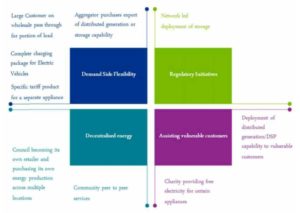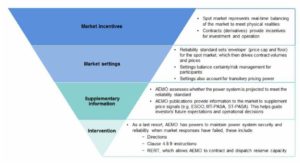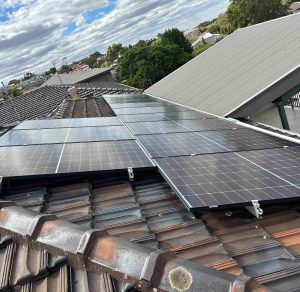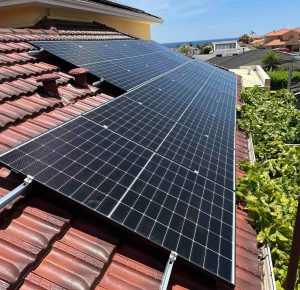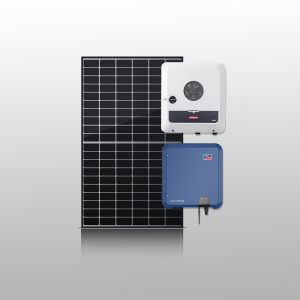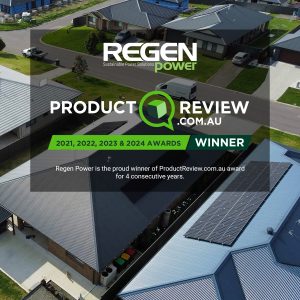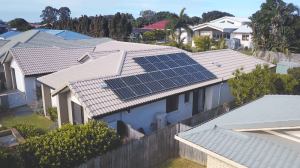On July 27, AEMC published its review of electricity supply-demand structure in the country. With the rapidly evolving generation landscape, Reliability Frameworks Review, which started on July 2017, provides a series of recommendations to improve the reliability (demand response and network capacity) of energy supply, consumer affordability, and transparency in energy forecasts. The report concludes on information transparency, wholesale market and intervention mechanisms as the three main cornerstones for NEM updates. The pivotal criteria for this review was the National Electricity Objective (section 4 of NEL). Australian Energy Market Commission (AEMC) functions under Council of Australian Governments (COAG). They charts and reviews national electricity rules and policies for the COAG energy council.
Reliability Frameworks Review – Recommendations
Currently, the country’s power generation is morphing into a mix of large-scale renewables, traditional generators, distributed generation systems and battery storage. This transition necessitates more reliability in demand balancing and forecasting to ensure that end-user can meet their requirements at the lowest cost. The Reliability Frameworks Review aims to achieve this through its key Finkel Panel recommendations.
- Wholesale Demand Response – Integrating consumers actively into the wholesale market provides cost-effectiveness without new generation sources. This bilateral trading framework will also provide the consumers with finer control over their bills. The main recommendations to facilitate this include: enabling customers to have multiple retailers at the same connection point; real time trading of financial contracts; and implementing a framework for wholesale demand response where aggregators and providers can be on a level playing field.
- Information Transparency – Improving transparency of electricity contracts and market forecast data are crucial to better inform regulators, policy makers and other market participants. For this, AEMO will continuously provide forecast deviation data after consultation with all participants to determine the important variables to incorporate into its reports. These changes are ought to be implemented by the end of 2018. Furthermore, the data on electricity contracts will be made available to the public to enhance the transparency of energy costs.
- Amend the Reliability and Emergency Reserve Trader (RERT).
- Day-Ahead Market – The European (participant-to-participant trades) and US style (commitment decisions moves from participants to system operators) Day-ahead markets were studied. It was understood that the later will not be feasible in the Australia as it would impose large costs to the consumers without improving security. Therefore, Finkel commission considers such a day-ahead market to be unlikely to benefit NEM.
Market Outcomes & Interventions
The reliable operation of a grid framework depends on its capability to instantaneously equal supply to demand and reserves. With the increase in renewables, dispatchability and flexibility in the spot market become even more significant in achieving this. Improving the dispatchability and flexibility can reduce high price spike events; provide better investment decisions; and lower opportunity costs. However, the report concludes that, currently, NEM has sufficient Ramping capacity. AEMC and ARENA will conduct trials to allow self-forecasting and information sharing by utility-scale wind and solar generators. This can help in improving the forecasting accuracy in NEM.
As mentioned, the generation mix of NEM is rapidly changing over the years. As a result, use of intervention mechanisms are increasing relative to the past. Therefore, lateral to the RERT changes, AEMC will also completely review the intervention mechanisms and its governing rules. By October 2018, a paper will be published about this along with the draft of “Enhancement to the RERT”. The final reports on the same will come out in December 2018.
Source: AEMC


